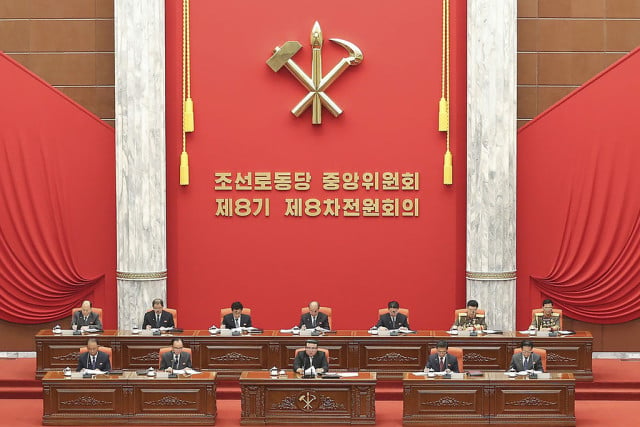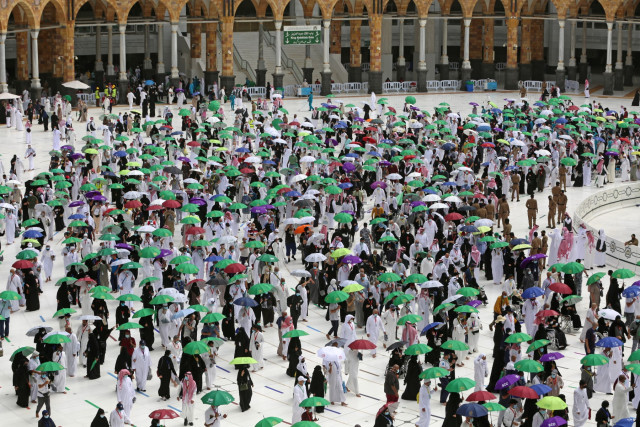Artisans Angkor

- Alain Gascuel
- February 2, 2020 8:13 AM
Artisans Angkor was created under the name Chantiers-Ecoles in 1992. The idea was to relaunch handicraft activities, which had practically disappeared in Cambodia after years of deep troubles, to revive traditional know-how and to create employment.
This relaunch has been in fact during 25 years efficiently pursued. Artisans Angkor has become a prestigious brand name. It employs directly 1,200 people, and gives work indirectly to thousands of others in Siem Reap Province.
You can visit Artisans Angkor by yourself in three places in Cambodia. In our workshops in Siem Reap, you will observe craftsmen at work, sculptors, silk painting …

Highly appreciated, this site is the second most visited place after the archeological park, of course. At the Silkfarm at Puok, also called the Silk National Center, on National Road 6, west of Siem Reap, you will see our huge mulberry tree plantations, and the silkworms at work.
Also on this site is a large shop where are exposed and sold a variety of silk products. And thirdly, in Phnom Penh, Artisans Angkor has a large exposition building on two levels where you can discover, appreciate, buy a variety of sculptures, clothes, ceramics …
Artisans Angkor is active in a whole range of specialities — sculpture on wood, sculpture on stone, what we call polychromie, that is wood sculpture covered with painting, with laquer, and finally with gold leaves; or else copperware, pottery, ceramic and silk, of course.
Silk products are the best known of our creations. It employs 450 craftsmen who create and realise many different products — scarfs, cushions, dresses, bedding, ornamental surfaces, bags, purses … and even paintings on silk, one of our specialities.
Sericulture is a vast area. From the mulberry-trees to the breeding of silkworms, to the way to obtain threads from the cocoons, then spinning, dyeing, weaving … so many different jobs.
All these activities are realised in Cambodia by the craftsmen of Artisans Angkor. For only one important point we are not yet self sufficient — silk thread. Our needs reach 10 tons of silk thread every year, and we must buy an important part of it from abroad …
To raise our own production, we plant a large number of mulberry trees — 5,000 already in the month of December, 5,000 more in the first months of 2020, which will make a total of 30,000 to 40,000 mulberry trees. To be entirely self-sufficient for silk thread, we should have 500 hectares of mulberry trees.
Not only high luxury goods
As all our products are made by hand, visitors are expecting high prices. In fact, the range is very wide. For example, you can find the head of a meditating bonze stone sculpture, a unique piece of work, for 69 dollars. Or else, clothes made-to-measure at very reasonable prices. At the other end of the scale, we propose the sculpture of a wonderful human face, made of wood recovered with leaves of pure gold, about 80 centimeters high, the result of several months of work, for 5,000 dollars. In Europe, you could add a zero to this price. And much more if it is set with rubies.
Training
The know-how, the skill of the Cambodian craftsmen, dates back to very ancient times — think about the sculptures at Angkor Wat, the bas reliefs on the Baphuon … Artisans Angkor is keen to maintain, to enhance them. Since its very beginnings, for Artisans Angkor training has been a matter of importance. Every year, we train between 30 and 50 craftsmen in many fields — sculpture on wood, on stone, silk, lacquer. The specialist for lacquer, Eric Stocker, has his workshop at Siem Reap. He trained our first craftsmen in this field.
For sculpture, we have training workshops with four levels — students, apprentices, craftsmen and master sculptors. We have around 40 master sculptors … and of course we train men and women in all the activities that depend on silk …
High level external missions
The quality of our craftsmen is now well known, recognised by specialists. Artisans Angkor — which realised in the past the entire decoration of the Victoria Hotel and more recently the Japanese hotel Emion with 650 pieces of work — is now an official supplier of the government.
We produce, for example, pieces that will be given to diplomats, to VIPs … We realise the decoration of some ministries. We realised a big bas relief for the new Sosoro Museum or Preah Srei Içanavarman Museum and we contribute to the restoration of temples, of bas reliefs ...
In the archaeological park, in the temple located on the West Mebon, on a small island in the middle of the East Baray, we restore several hundred stone sculptures.
The rehabilitation of the temple itself, which had collapsed, lasted several years. A dyke was constructed around it so that it could be possible to work even when the baray was full of water. Nowadays visitors reach the temple by boat, an additional subject of interest.

The craftsmen there work following the principle of anastylose, that is to say reassembling the maximum number of pieces and elements of origin — without dissimulating where they did discreetly intervene.
Know-how of Cambodian craftsmen
The renown of Cambodian sculptors, and the fact that there is a strong shortage of good sculptors across the world, gave us new objectives for our 94 sculptors of professionnel level — to work abroad wherever they are needed …
Among the objectives of the founders of Artisans Angkor is its social role. Our employees have several benefits like a pension when they retire, day nurseries, insurance, health care … not so many companies offer the same benefits to their employees.
Also, management is working closely with internal unions — union members are more than 400. And with external unions, at the national level, we have many constructive discussions, for example with the Cambodian Federation of Workers.















